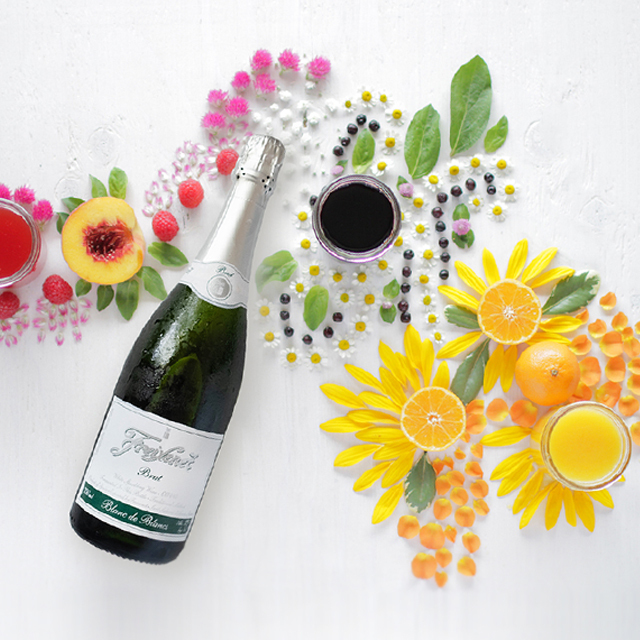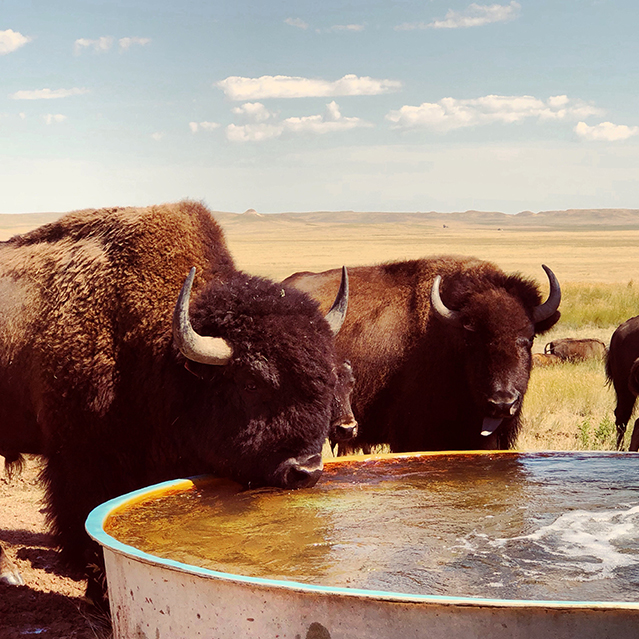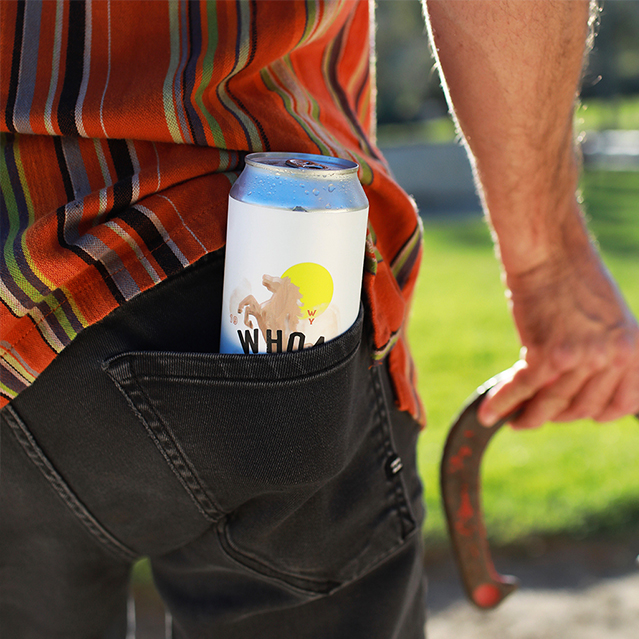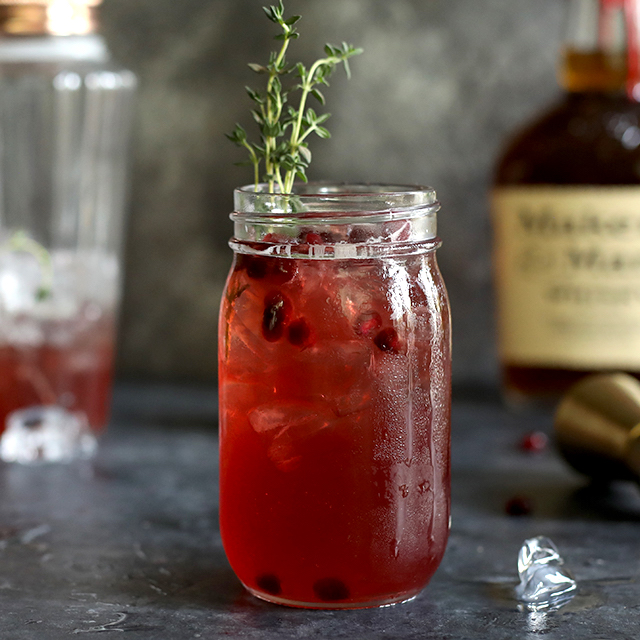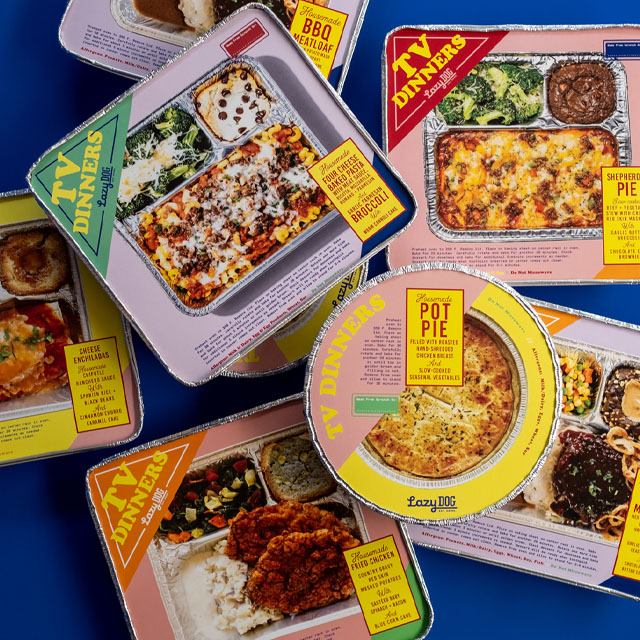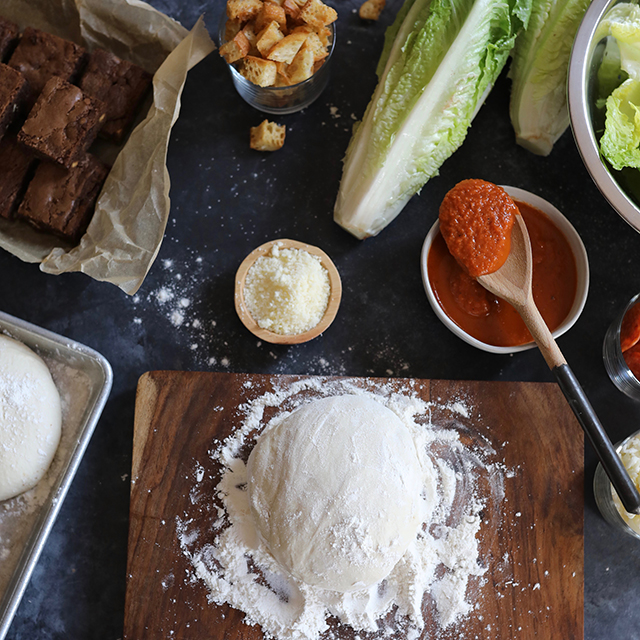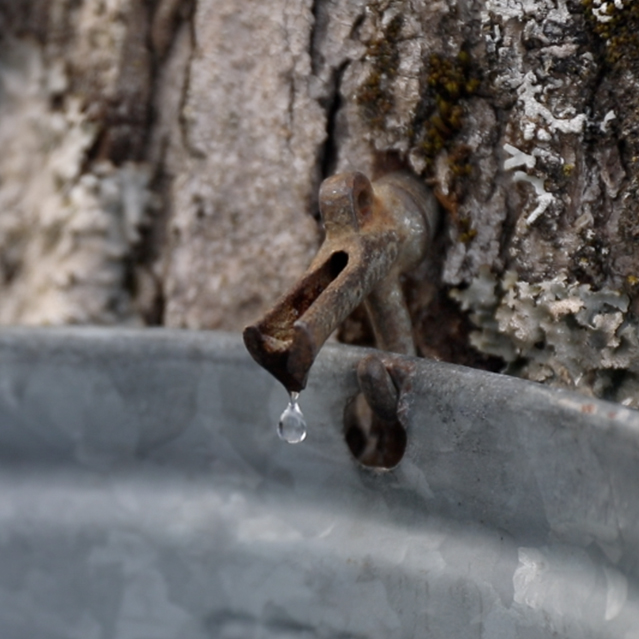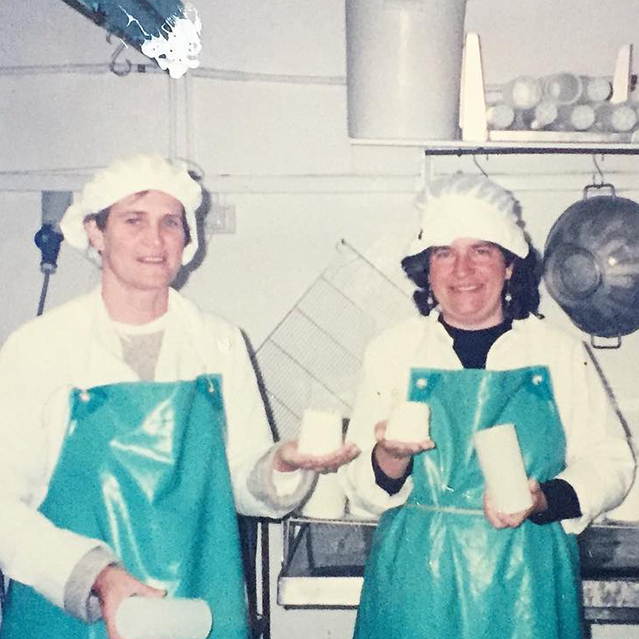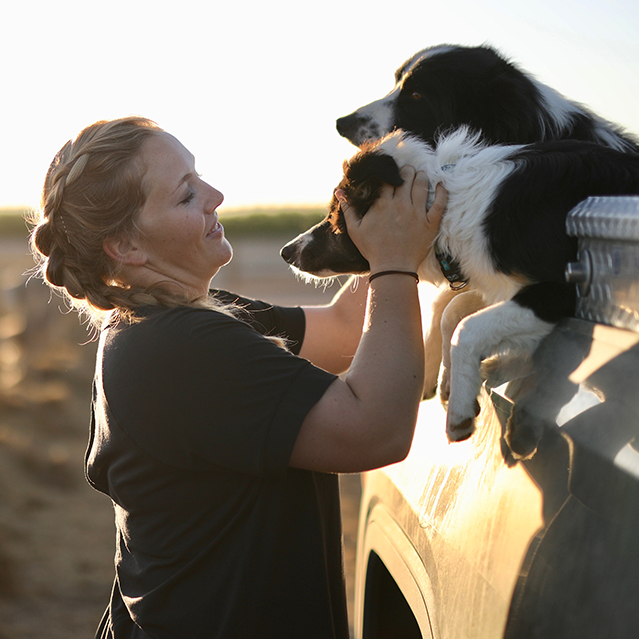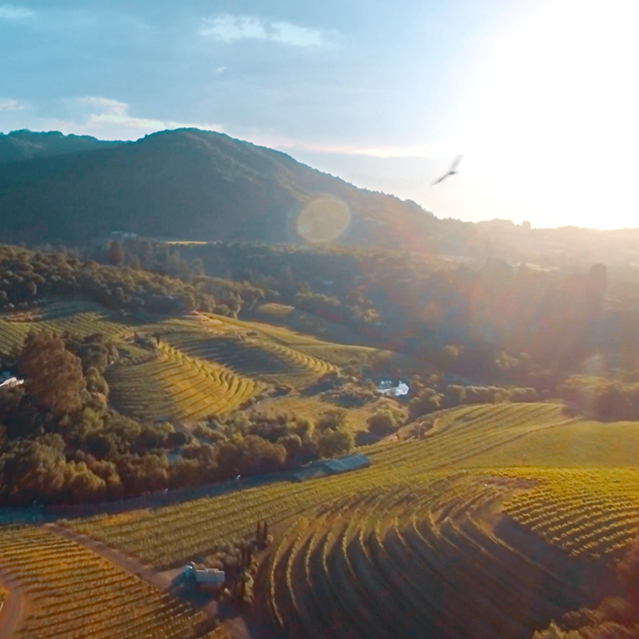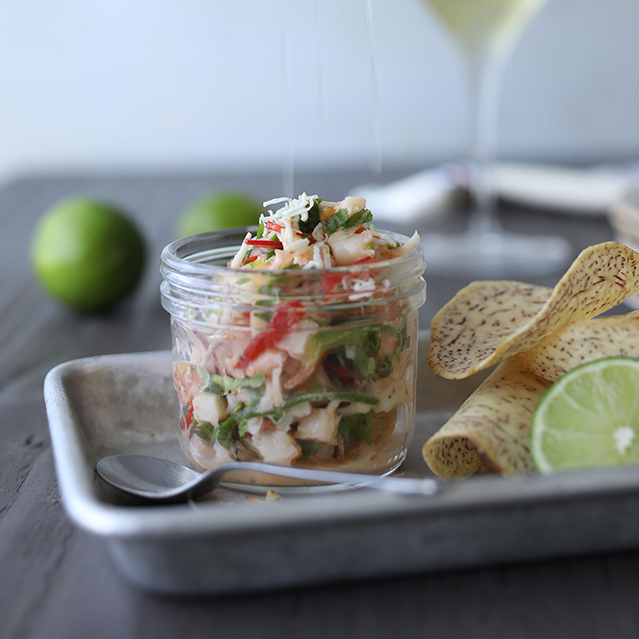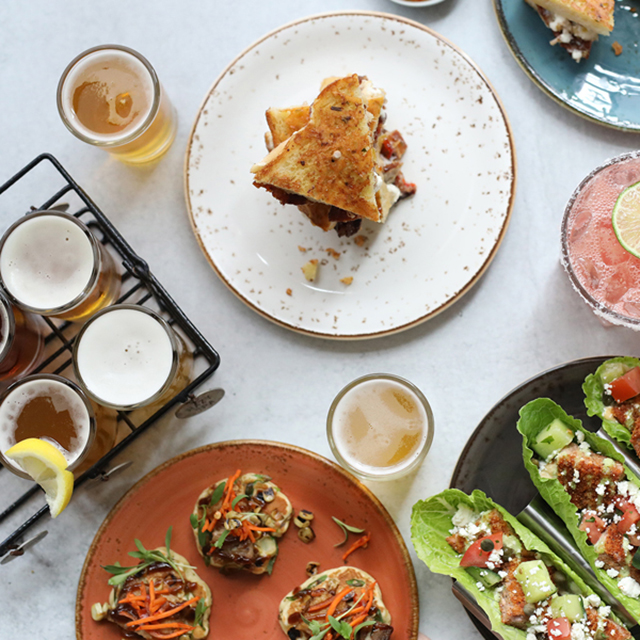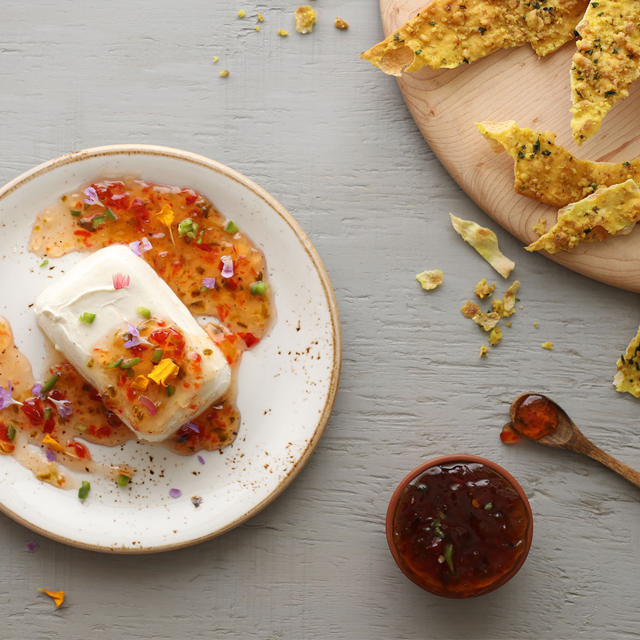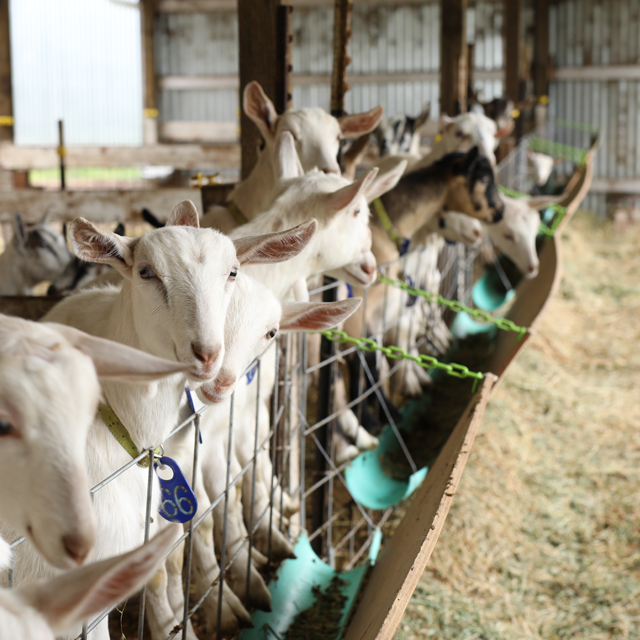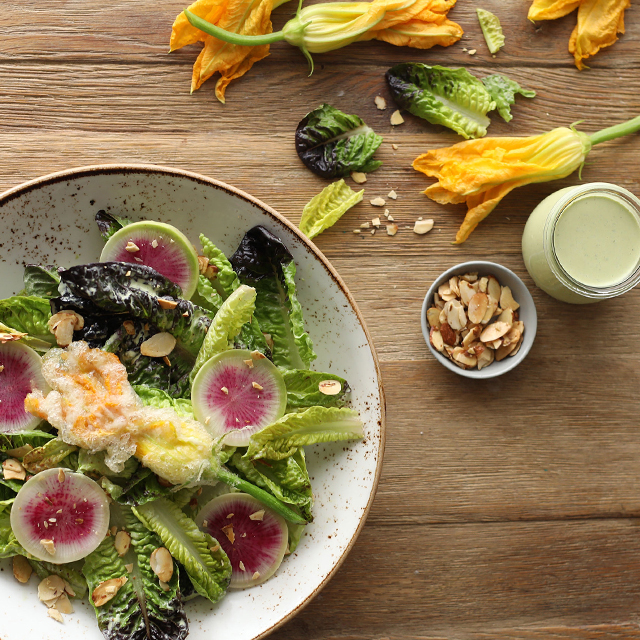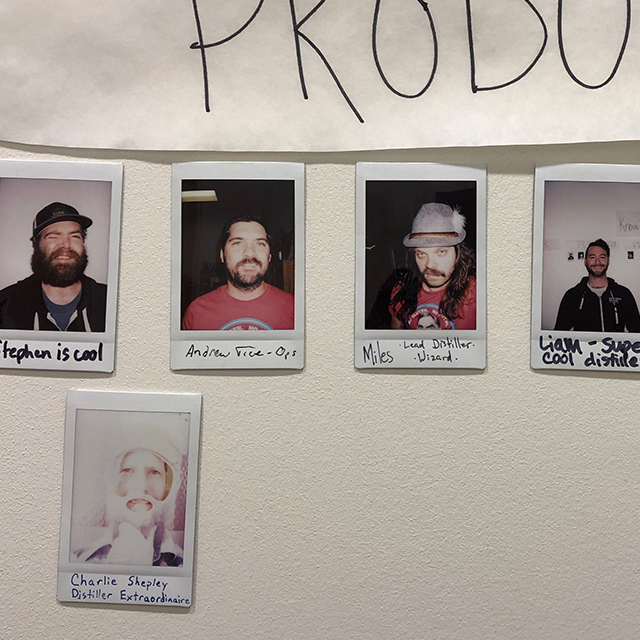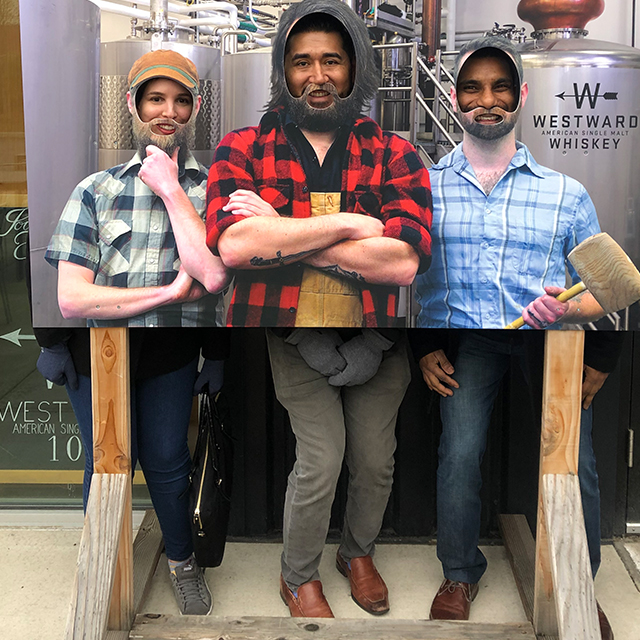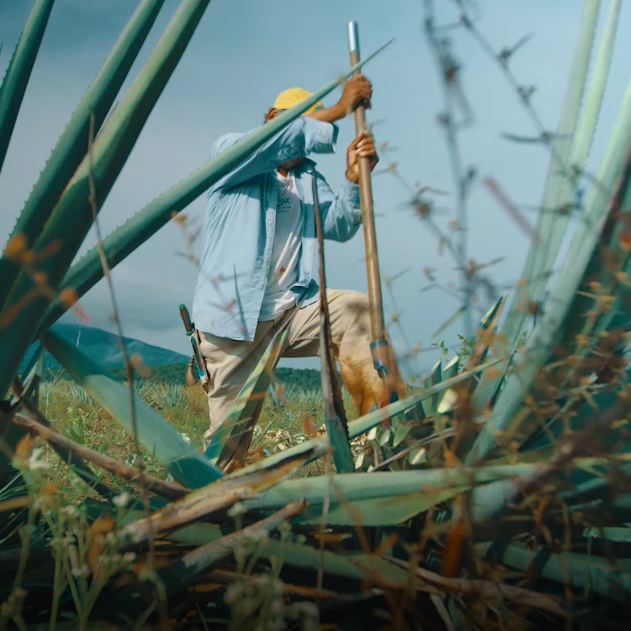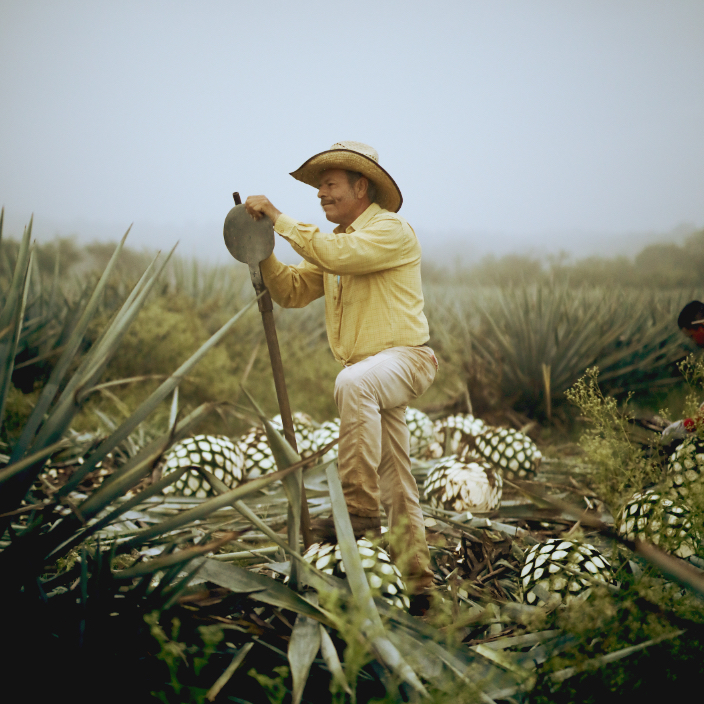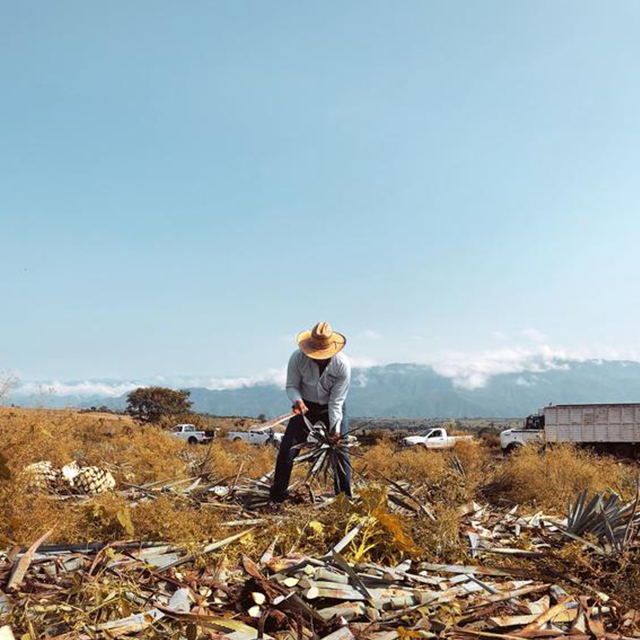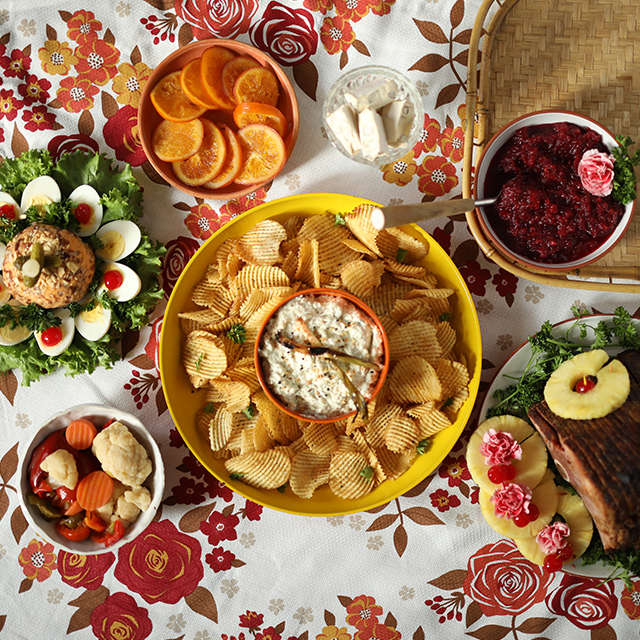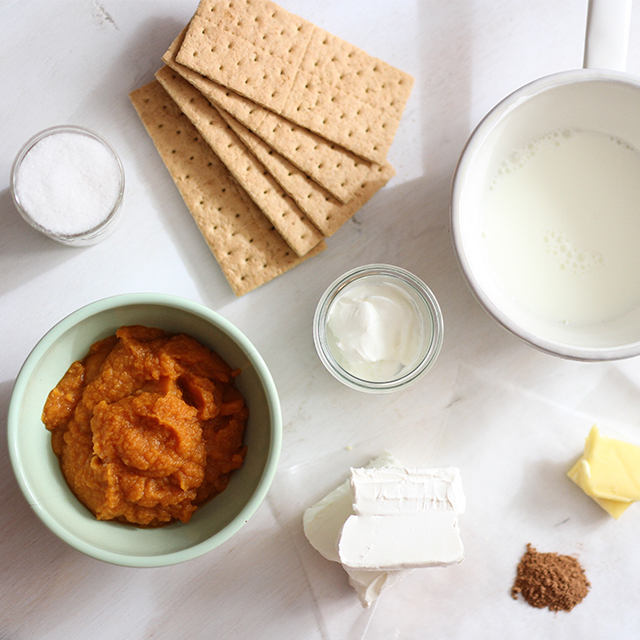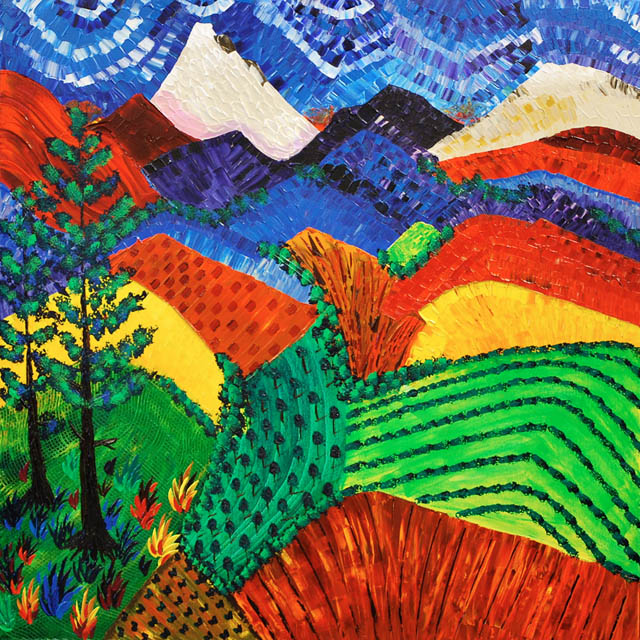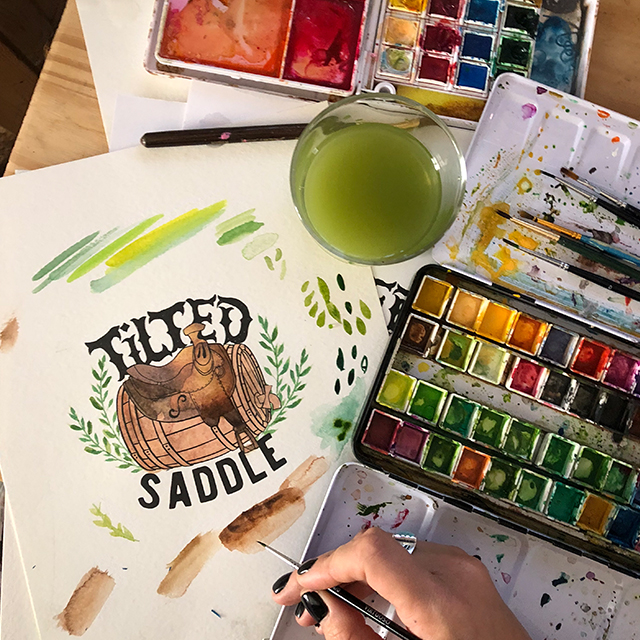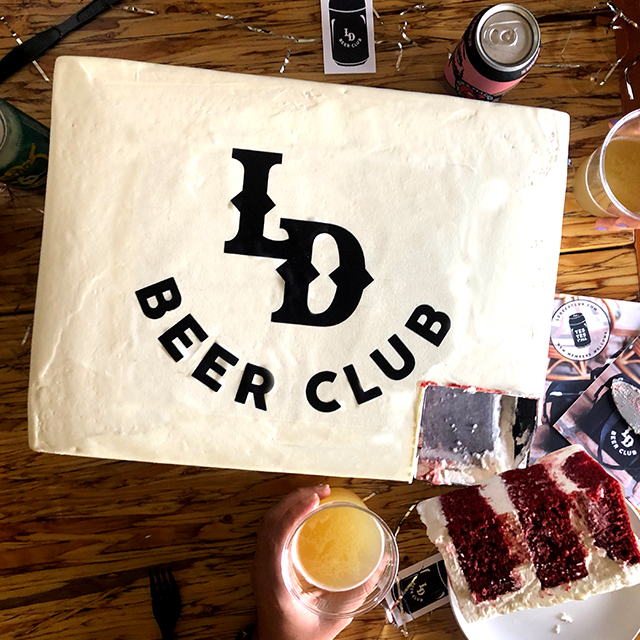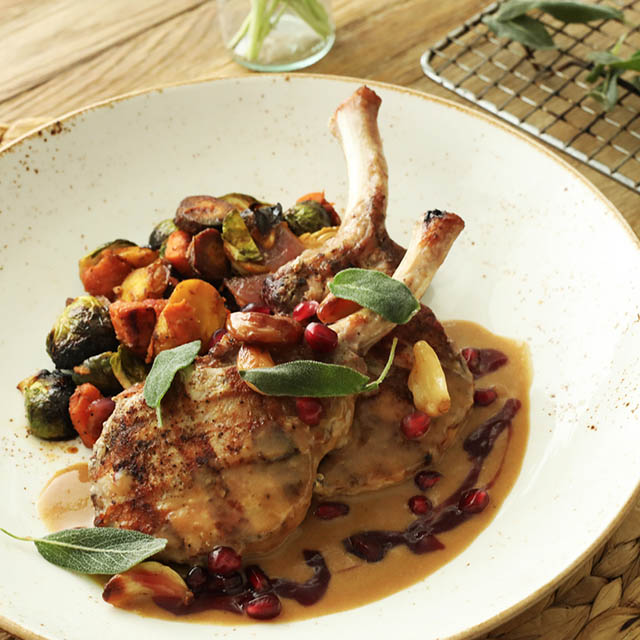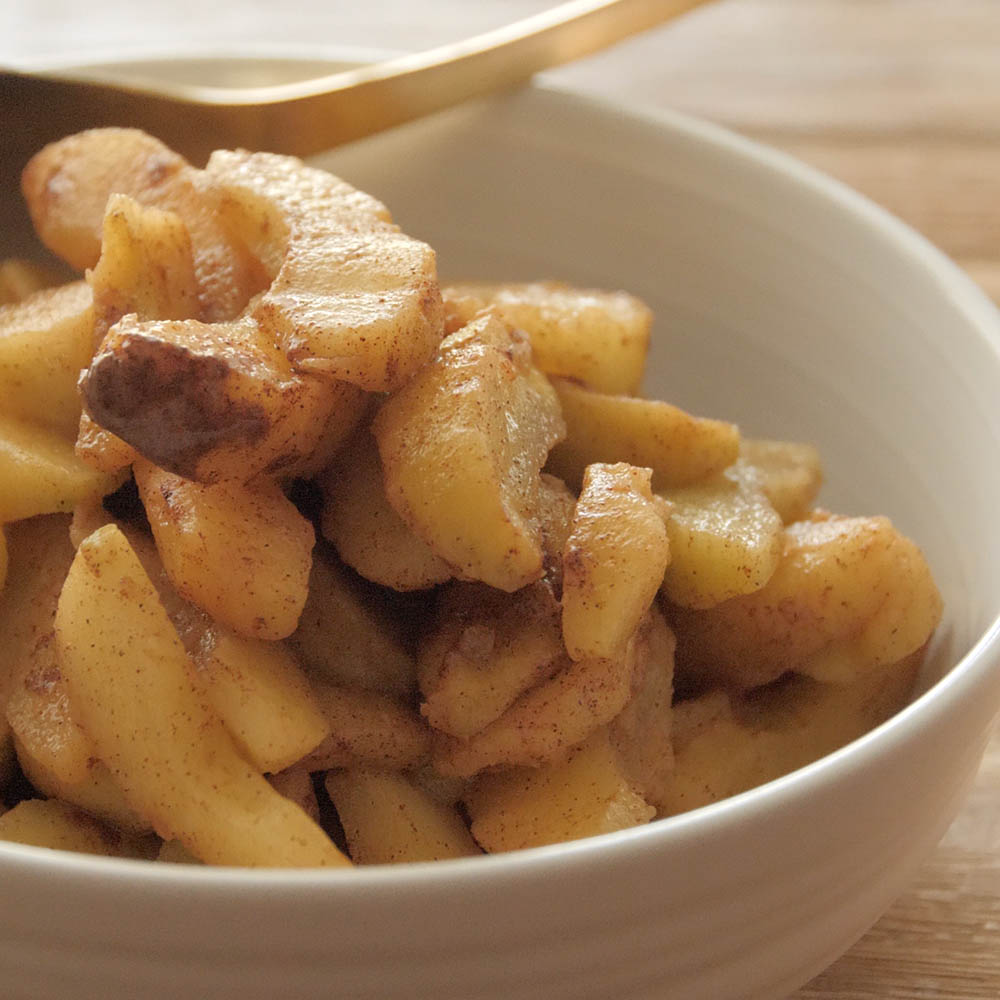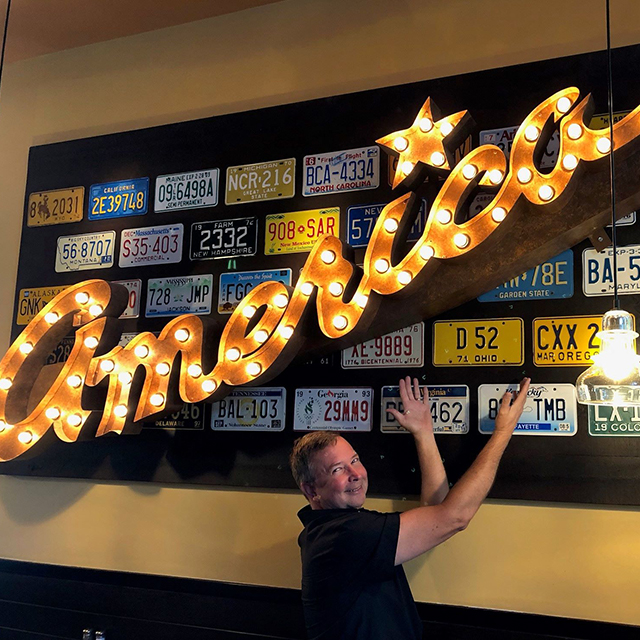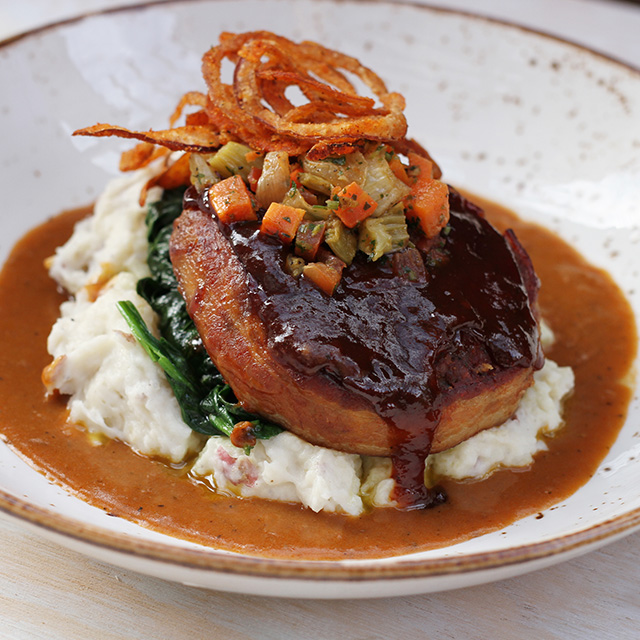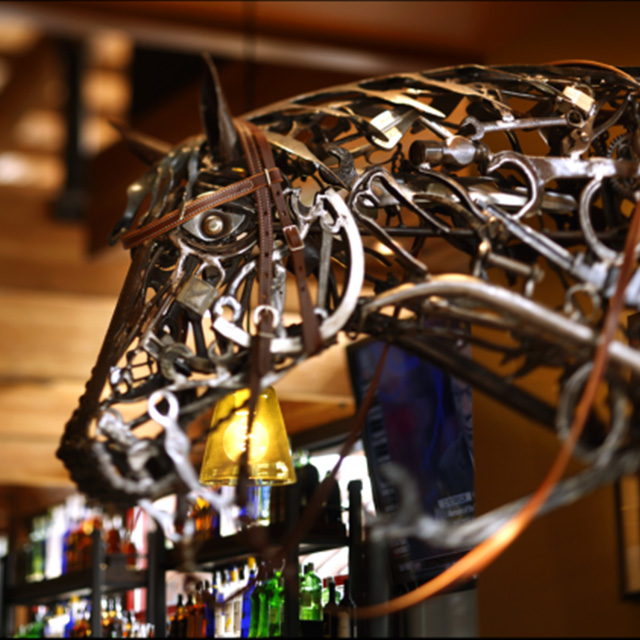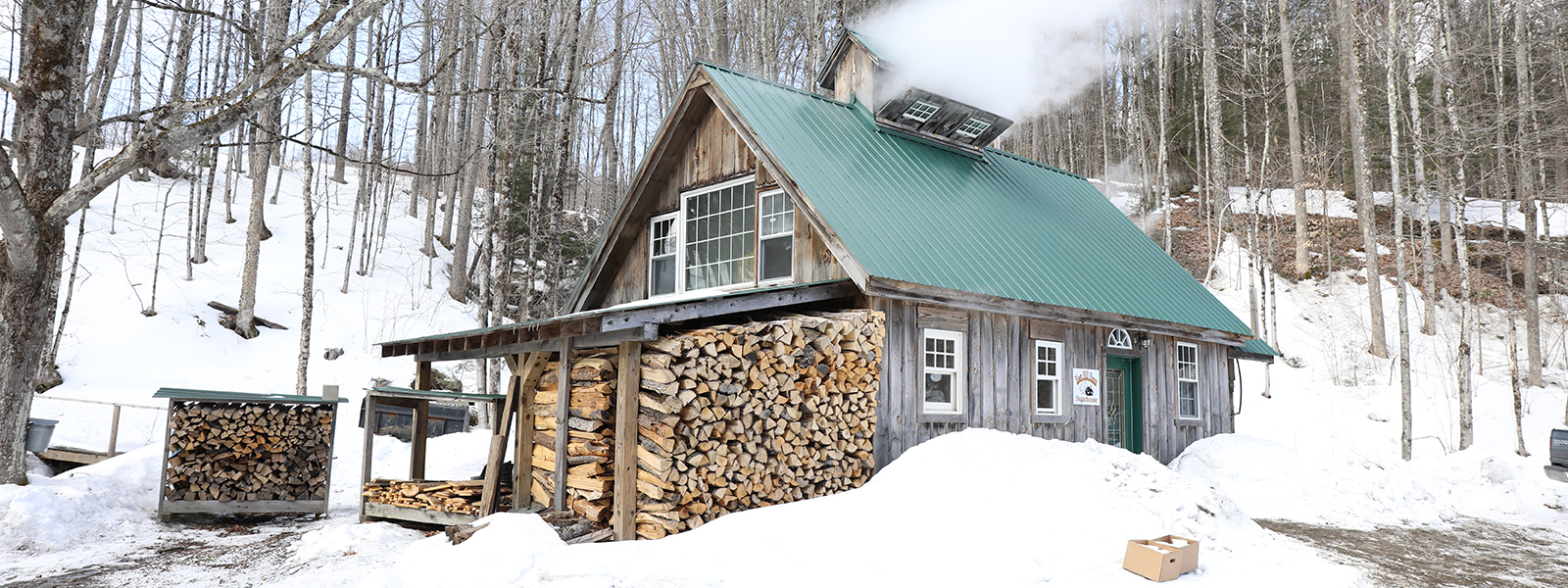
Symphony in Syrup
Arnold Coombs wants to take you for a walk. In this wooded Vermont that he knows so well, every tree tells a tale, every crunch of snow underfoot evokes another memory. It’s a story that began for him in 1973 at age 13, when his father handed him 800 trees and some farm equipment. The boy had maple syrup in his blood, more than a hundred years of ancestors whispering in his ear — and now he was being handed the baton.
“We figure it all started around 1843,” he says of the family legacy. “Every generation since has made syrup; every generation has continued it.”
Barely a teenager, Arnold drove a tractor over Vermont snow five feet deep, found one of his trees and went to work.
“Drill a hole, clean it out and then tap the spout in,” he explains of the process. “Then you hang the bucket and find the next tree.”
That day, Arnold heard a sound — and fell in love. “Tap, tap, tap … that’s music to a sugarmaker’s ears,” he grins. “You get a number of those buckets going, way out there in the woods, and it’s like a symphony.”
Arnold would sell that maple syrup and — after giving Dad an agreed-upon cut of the profit — pocket enough to buy himself the coolest bike on the block.

Forty-seven seasons later, Arnold’s Coombs Family Farms helps oversee about 10% of the world’s maple industry. He probably won’t be getting on a bike anytime soon, but he’s no less eager to go to work. The Coombs farm now includes 3,600 acres and 105,000 trees — some of them a bit more special than others.
“There are a few trees I tap that my grandfather tapped in the 1800s,” marvels the 59-year-old, who travels around the world spreading the benefits of his beloved product, describing himself as the Johnny Appleseed of maple. “There’s a continuity there, and that speaks to me. To me, that means something.”
If you’re a believer in destiny, it might interest you to know that Arnold was born during sugar season (late February to early April, when nights get below freezing and days are above 40 degrees, pressurizing the trees). The family has always held that time of the year sacred.
“I was in a sugarhouse before I was even home from the hospital,” he laughs.
It’s a part of his story that Arnold loves to tell, which is why it was a special honor when he invited us to visit Coombs Family Farms. He spent a few days showing us his hometown, introducing us to his family, sharing his favorite traditions and showing us firsthand how to make maple syrup with friends he has had since childhood.

“It’s a great product; it’s the most nutritious sweetener,” he points out. “It has over 60 antioxidants, as well as minerals like magnesium, potassium and zinc. So as a sugar, it’s the best sugar for you.”
But since each bucket pulled from a tree is about 98 percent water, transforming sap into syrup is a complex, time-tested process of boiling and evaporation. In towns like Guilford (population: 2,121), it’s not uncommon to see a tiny sugarhouse in the snow, its chimney bellowing steam into the New England sky. Locals come from all over, bringing in old buckets and kegs filled with the sweet stuff — then gather around as it’s poured into the wood fire evaporator, partaking in traditions that go back generations.
“Boiling maple at the sugarhouse is a social event in many ways,” he says of the community. “Everyone likes to talk about maple. It’s cold this time of year. Everyone is glad to be around a fire, get warm and catch up with what’s going on.”
Coombs Family Farms sources maple from over 3,000 small families in the area. But their support doesn’t end there.
“We’re one of the largest local distributors of tubing and evaporators and other products the farmers need. A lot of them will come to us this time of year and say, ‘I can extend my operation; I have more trees to tap, I just don’t have enough money to do the expansion,’” he shared during our visit. “And we’ll work out an agreement where we give them the equipment, and they’ll pay us off in syrup. It’s something my grandparents started doing back in the 40s, and we’re still doing it.”
If the sound of syrup tap, tap, tapping is a symphony, there’s little doubt that Coombs is a conductor. Employing a palate that has tasted six decades’ worth of maple, Arnold mixes and matches disparate saps like an orchestra leader shaping the sound of an ensemble; eventually, he finds the flavor note he’s searching for: Vermont maple.

“What we do is like blending wine; maple has a certain terroir — that’s a French word that means the essence of the land from which it comes,” he says. “Quebec syrup has a different flavor than syrup from Vermont than from syrup in say, Ohio or Wisconsin. We have what we consider to be the Vermont flavor; we blend to that spec every time, and that’s the art in all this.”
The end result is a versatile sweetener that Coombs recommends using in cranberry sauce, Korean beef bowls or a salmon glaze, among other things. And it couldn’t be any more different than the high-fructose, industrially-farmed corn syrups that you’ll find at most supermarkets. For further evidence of the product’s versatility, look no further than its appearance on the Lazy Dog menu, where it fuels two popular and very different items: the Maple Bacon Bar and the Apple Bourbon Toddy.
“Working on a farm on a hill in the middle of nowhere, using products from other farmers who are also in the middle of nowhere, it’s so great to know that people all over the country are enjoying our product,” Arthur says. “To have our maple in SoCal, in bacon bars and bourbon drinks, shows that it’s not just for pancakes anymore.”
After a morning in the woods, tapping trees and sugaring with his friends and family, Arnold walks in with a surprise for the whole crew.

“We call it Sugar on Snow,” he explains of the local delicacy, made from bowls of real snow — like, right off the ground. “Cook some syrup a little thicker, to a certain density that makes it sit on the snow like a taffy. Take a fork and twirl it up. And it’s always served with a plain donut and then a pickle — because the syrup is so darn sweet, you need to cut the sweetness.”
After spending the morning in that old sugarhouse, you feel like you might need to bite on another pickle. Arnold’s a sweet man with a genuine love for his life’s work — and a heartfelt desire to transform every symphony he hears into music for your mouth.
[Stay tuned for PART 2, where Arnold walks us through the step-by-step process of extracting raw syrup from the trees and making it ready for the table.]
-
Words by Larry Carroll
Photography by Rebecca Simms
Questions? Comments? Email: [email protected]

